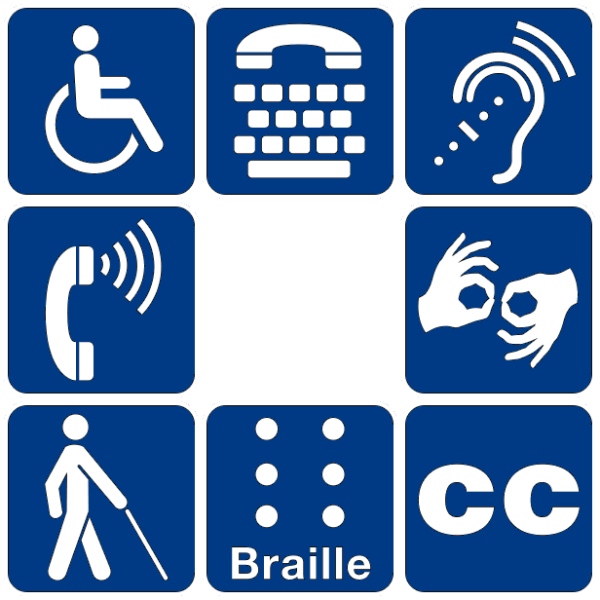Making Educational Content Accessible

You might have read earlier this year that the University of California, Berkeley started removing more than 20,000 video and audio lectures from public view that they had made freely available online. Why? It was the result of a Justice Department accessibility order requiring them to make the educational content accessible to people with disabilities.
UC Berkeley was one of the colleges in the forefront of posting to YouTube, iTunes U and their own webcast.berkeley.edu site. Accessibility for people with a wide variety of disabilities has been an issue with online courses for many years. Mostly, schools have "gotten away with it" when it comes to following requirements that largely came into focus primarily after the Americans with Disabilities Act (ADA) became law in 1990.
It's curious that the Justice Department’s investigation did not look at how Berkeley actually serves students with disabilities, but only the accessibility of content it offers to the public. As a result of this order the university will also require users sign in with University of California credentials to view or listen to them.
This is a scary ruling for other institutions who have been "getting away with it" and now may have to do the same as UC.
All it took was complaints from two employees of Gallaudet University, the world's only university designed to be barrier-free for deaf and hard of hearing students. The employees said that Berkeley’s free online educational content was inaccessible to blind and deaf people because of a lack of captions, screen reader compatibility and other issues.
Unfortunately, to remedy these issues any university would need to implement measures that are very expensive to continue to make these resources available to the public. Since they were offered for free, there is really no business model that applies here other than charity. So, the immediate solution was to make them "inaccessible" to everyone by removing them.
Berkeley can continue to offer massive open online courses on edX. They also plan to create new public content that is accessible.
One concern that many educators have is that this ruling will result in the disappearance of much Open Educational Resources.
Trackbacks
Trackback specific URI for this entryThe author does not allow comments to this entry
Comments
No comments